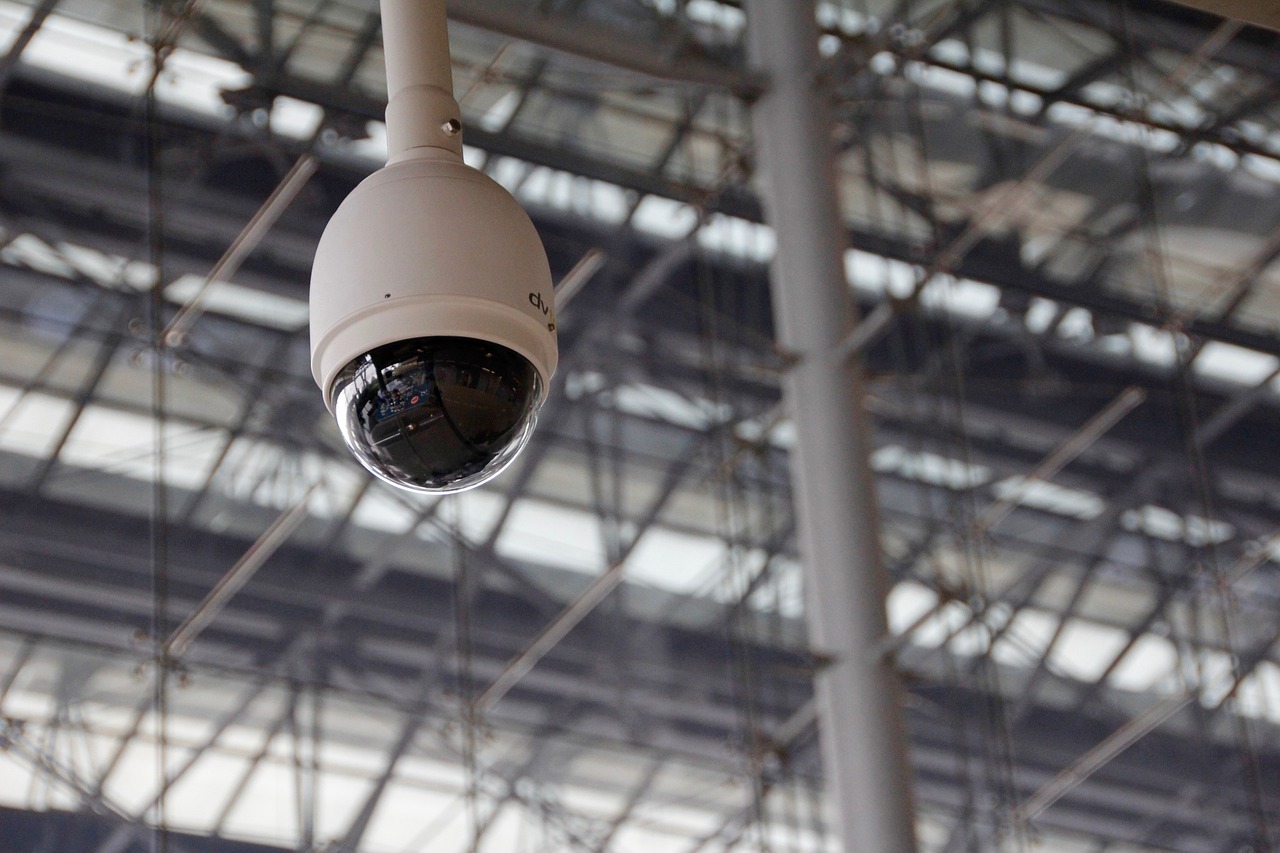
Selecting the Optimal Mini Security Camera for Home Peace of Mind
Selecting the optimal mini security camera for home peace of mind requires understanding various factors such as camera type, resolution, field of view, night vision, storage options, and ease of installation. This guide simplifies your choice.
• Types of Mini Security Cameras
Mini security cameras come in various types, including wired, wireless, and battery-powered options. Wired cameras are reliable and don’t require recharging, but they need to be connected to a power source and might be challenging to install.
• Image Resolution and Quality
The resolution of a mini security camera significantly impacts the image quality. Standard-definition (SD) cameras are sufficient for recognizing general movements but might lack the detail necessary for identifying faces or capturing license plates. High-definition (HD) cameras provide clearer, crisper images, which can be crucial for evidence in the event of a break-in. Some cameras even offer 4K resolution, delivering ultra-clear images. However, these typically require more storage space and bandwidth. Consider what level of detail you need based on where you’re placing the camera and what you want to monitor. For areas requiring precise scrutiny, like entrances or valuables, higher resolution is essential.
• Field of View
The field of view (FOV) of a security camera determines how much area the camera can cover. Measured in degrees, a wider FOV allows a single camera to monitor larger spaces, reducing the number of cameras you need. Most mini security cameras offer an FOV between 90 to 180 degrees. For instance, a camera with a 120-degree FOV would be ideal for a room corner, ensuring minimal blind spots. Conversely, a narrower FOV might be suitable for hallways or specific targets. Understanding your area’s layout and monitoring needs will help determine the optimal FOV. Balance coverage needs and avoid overspending on unnecessary wide-angle cameras.
• Night Vision Capabilities
Security threats aren’t limited to daylight hours; hence, night vision is a crucial feature in mini security cameras. Cameras with infrared (IR) LEDs can see in total darkness, providing black-and-white images. Advanced models offer color night vision, enhancing details and identification accuracy. Consider the camera’s IR range, which denotes how far the camera can see in the dark—typically between 10 to 30 meters. Features like motion-activated lighting can also improve night vision, deterring potential intruders while ensuring better visibility. If your primary concern is nighttime surveillance, investing in a camera with superior night vision technology is essential for 24/7 security.
• Storage Options
Storing video footage is crucial for reviewing past incidents or providing evidence. Mini security cameras offer several storage options, including local storage through SD cards and cloud storage. SD cards are cost-effective and provide immediate access, but they have limited capacity and can be stolen or damaged. Cloud storage, while usually involving a subscription fee, offers significant advantages, like larger storage capacity, remote access, and enhanced security through encrypted data. Some cameras provide a hybrid option, using both SD cards and cloud storage for redundancy. Evaluate your storage needs based on how frequently you plan to review footage and your budget for potential subscription services.
• Ease of Installation
The installation process of a mini security camera can vary widely based on its type and associated features. Wireless and battery-powered cameras typically offer the simplest installation since they do not require wiring or drilling. Most of these models come with user-friendly apps guiding you through setup, from securing the camera to connecting it to your Wi-Fi network. Wired cameras often need professional installation to manage cables properly and ensure a stable power source. Plainly marked mounting kits simplify the process, but it’s crucial to follow manufacturer instructions to ensure stability and effectiveness. Considering ease of installation can save you time and additional expenses.
By focusing on these factors—camera type, resolution, field of view, night vision, storage options, and ease of installation—you can select the optimal mini security camera tailored to your specific needs, ensuring your home remains secure and your peace of mind intact.
